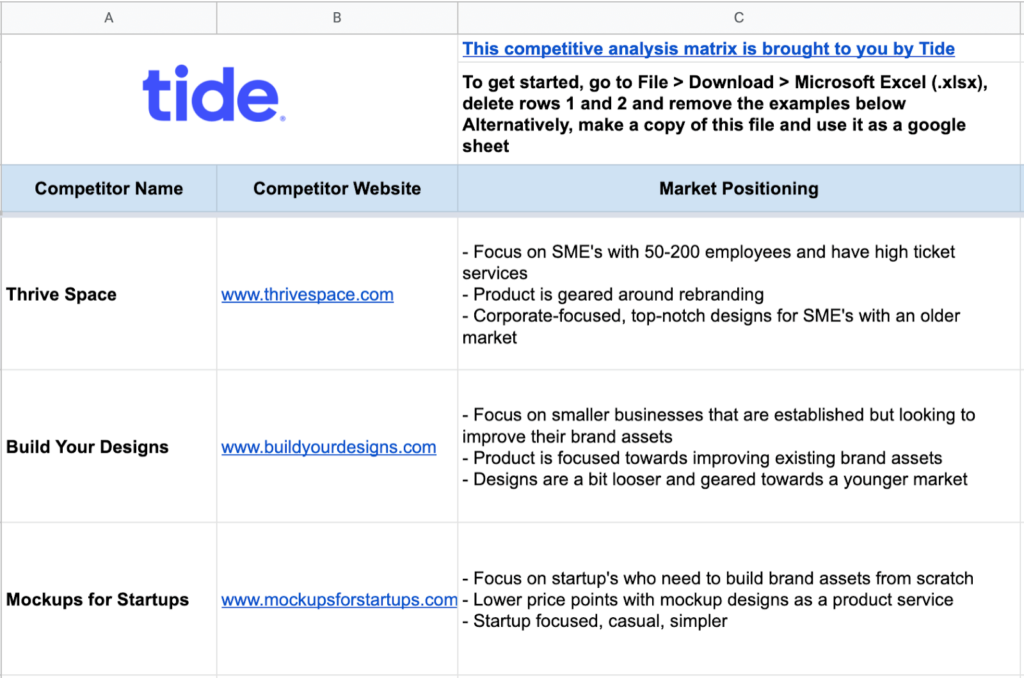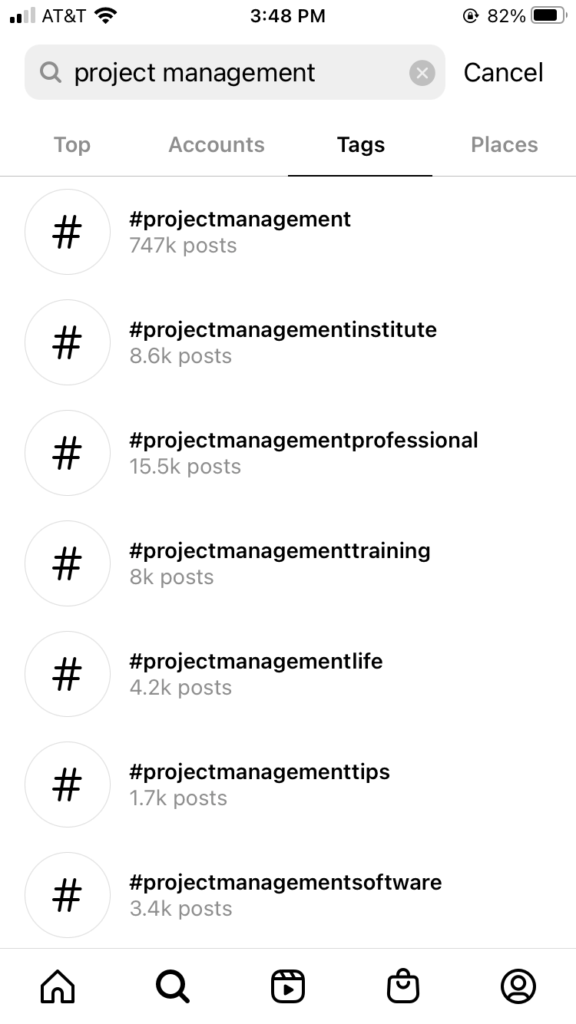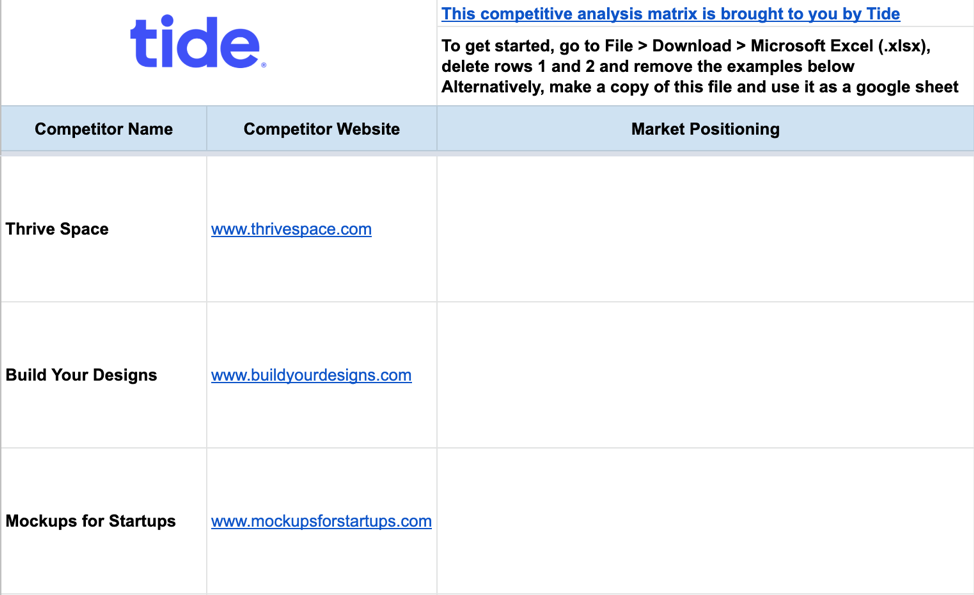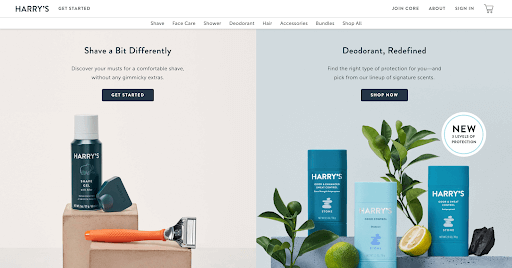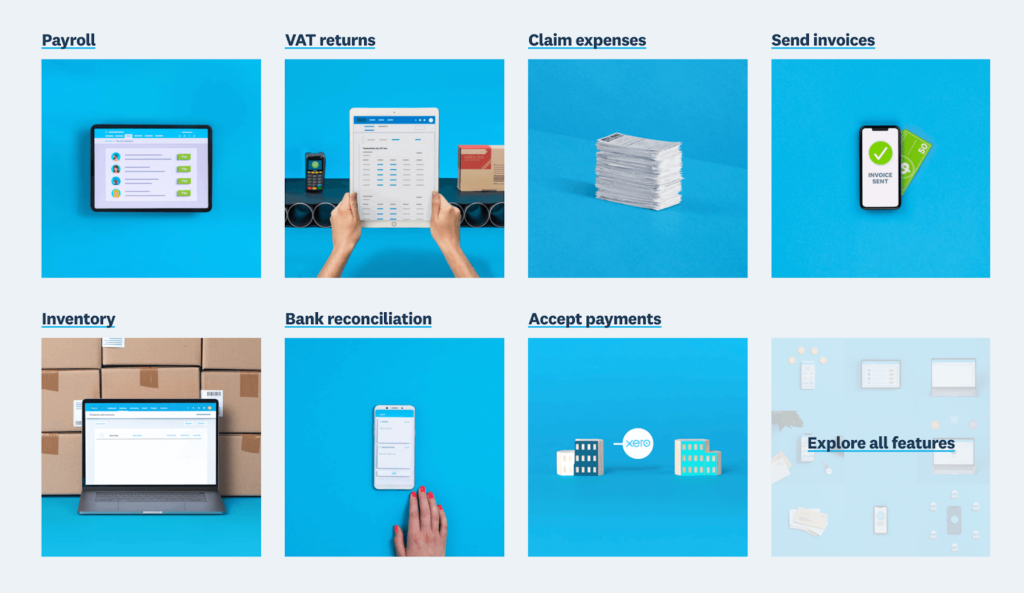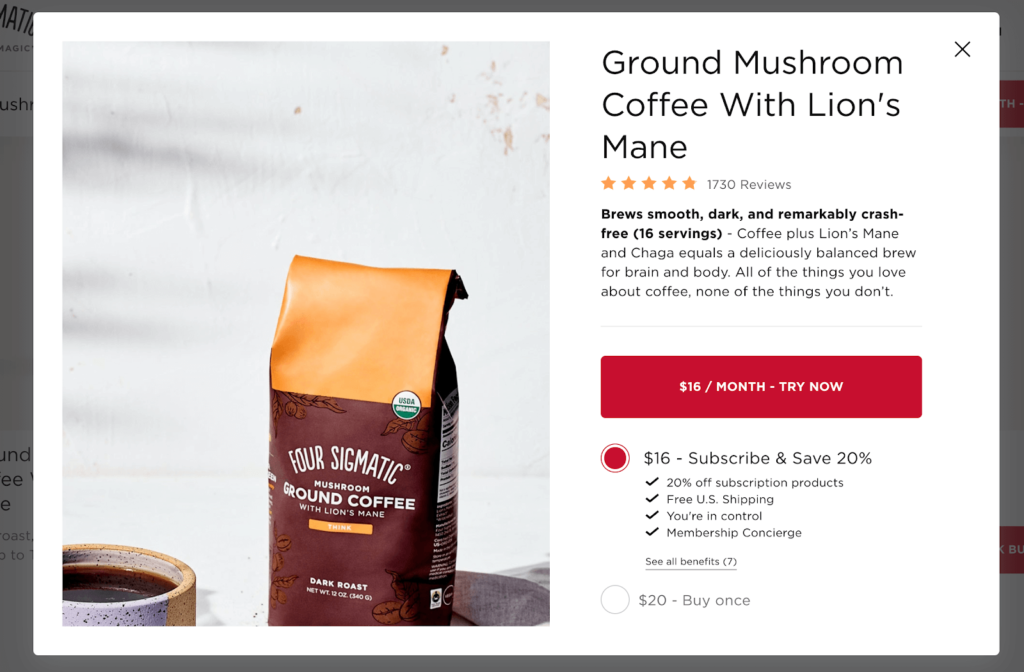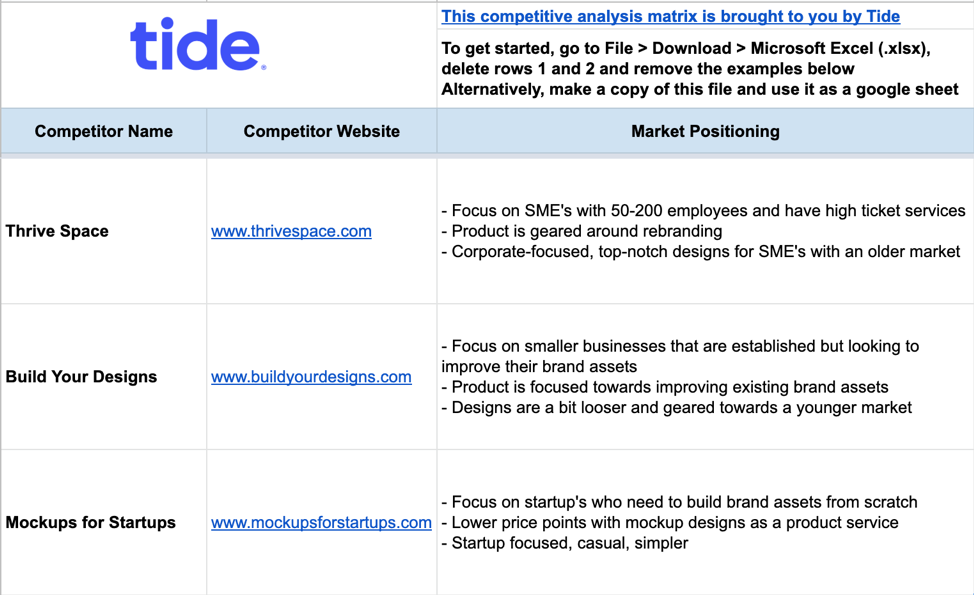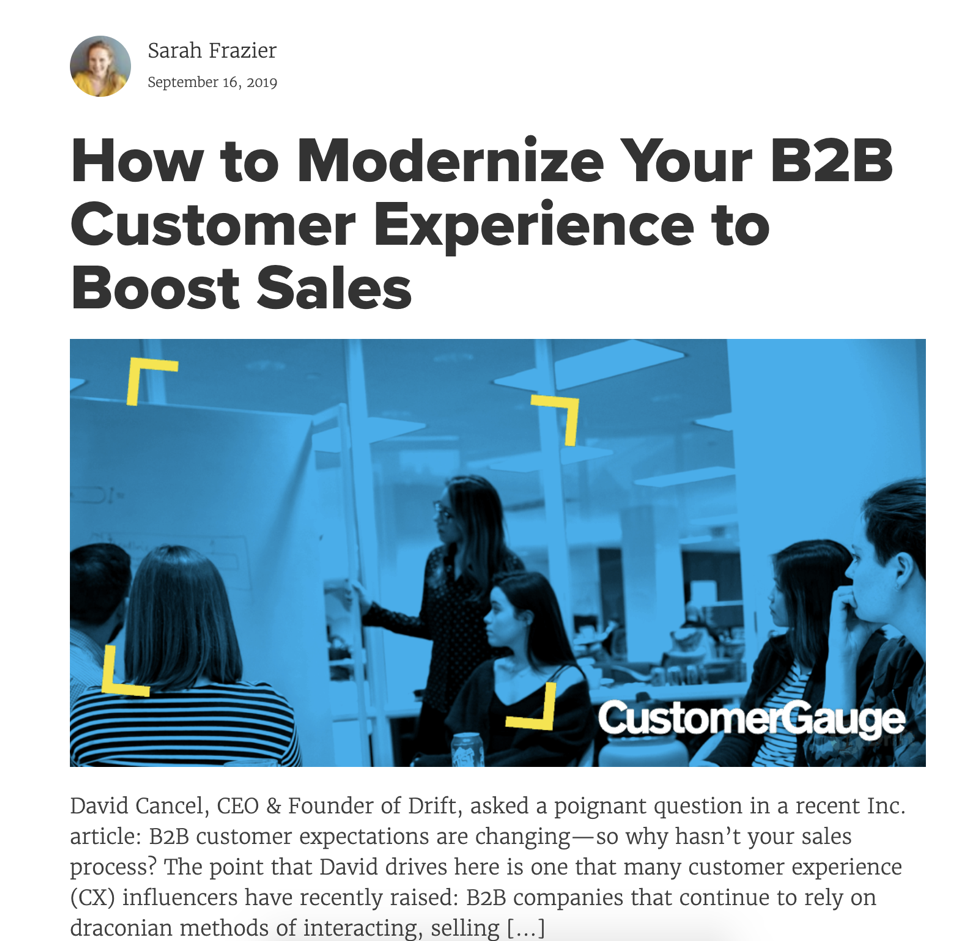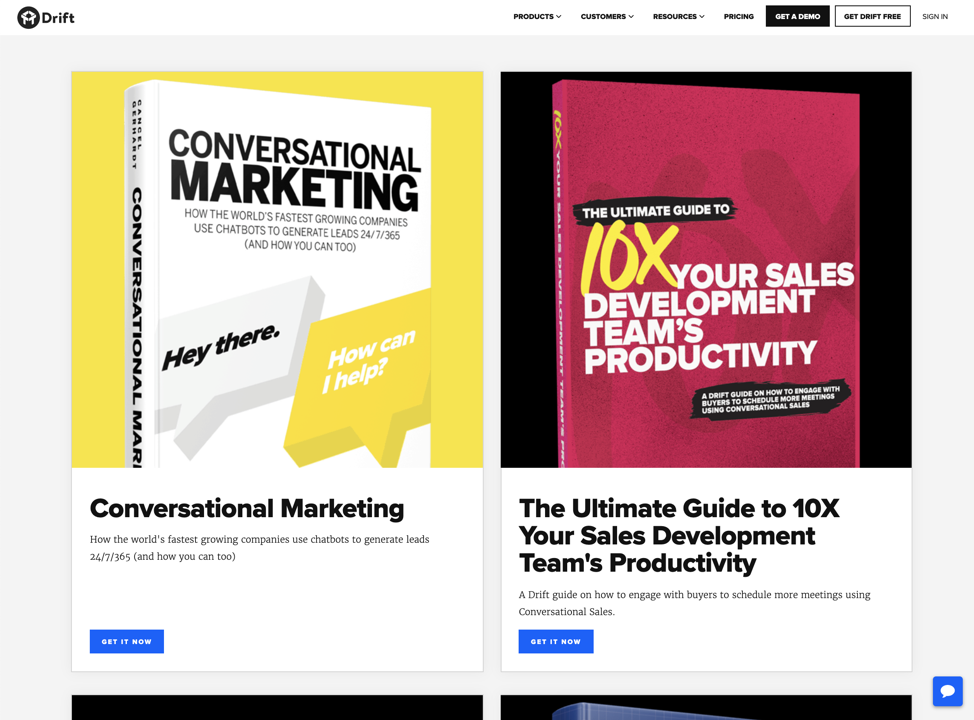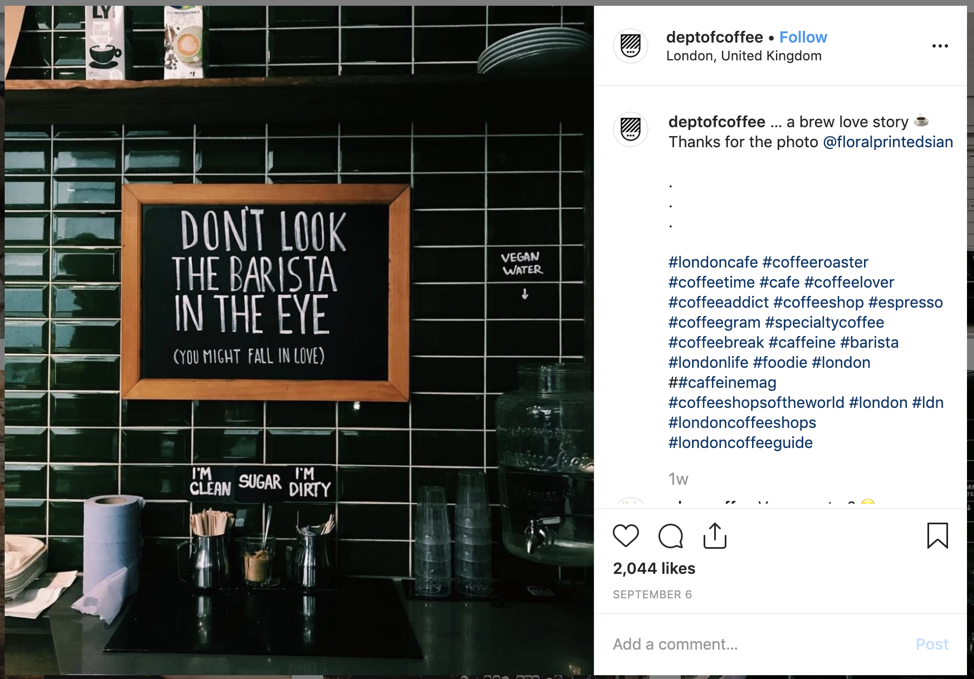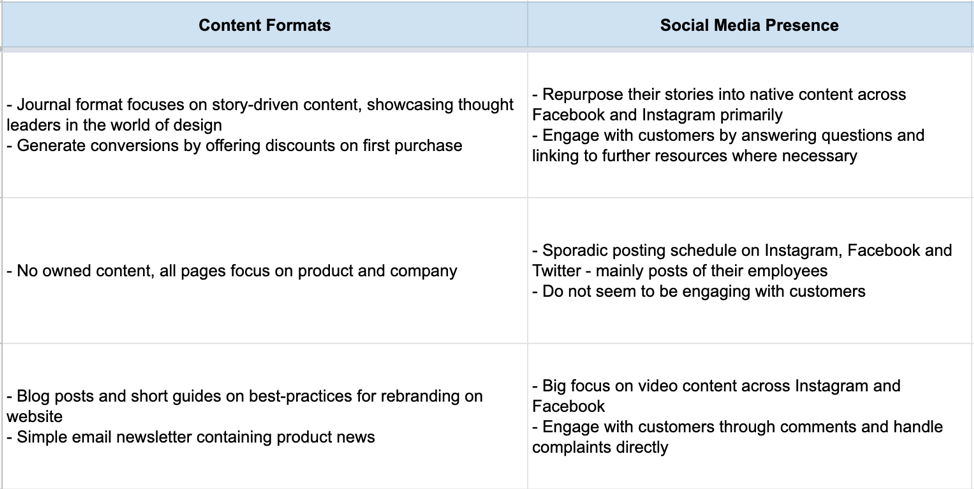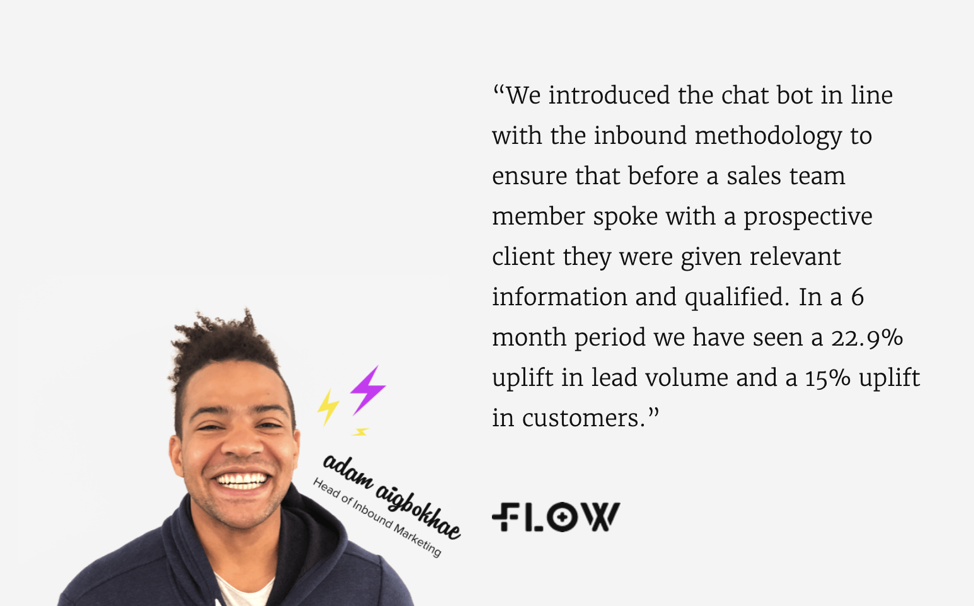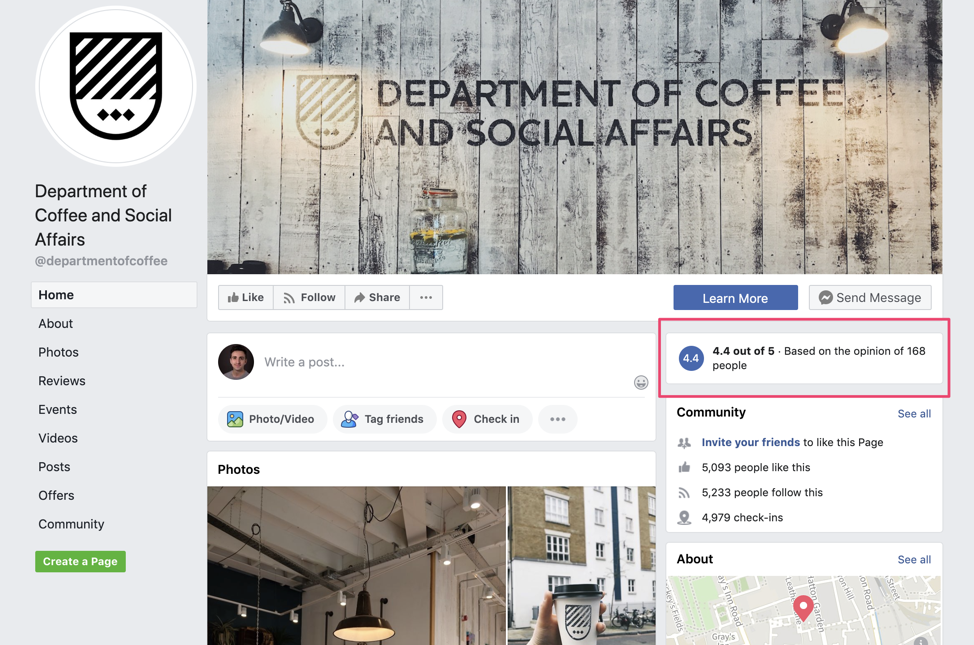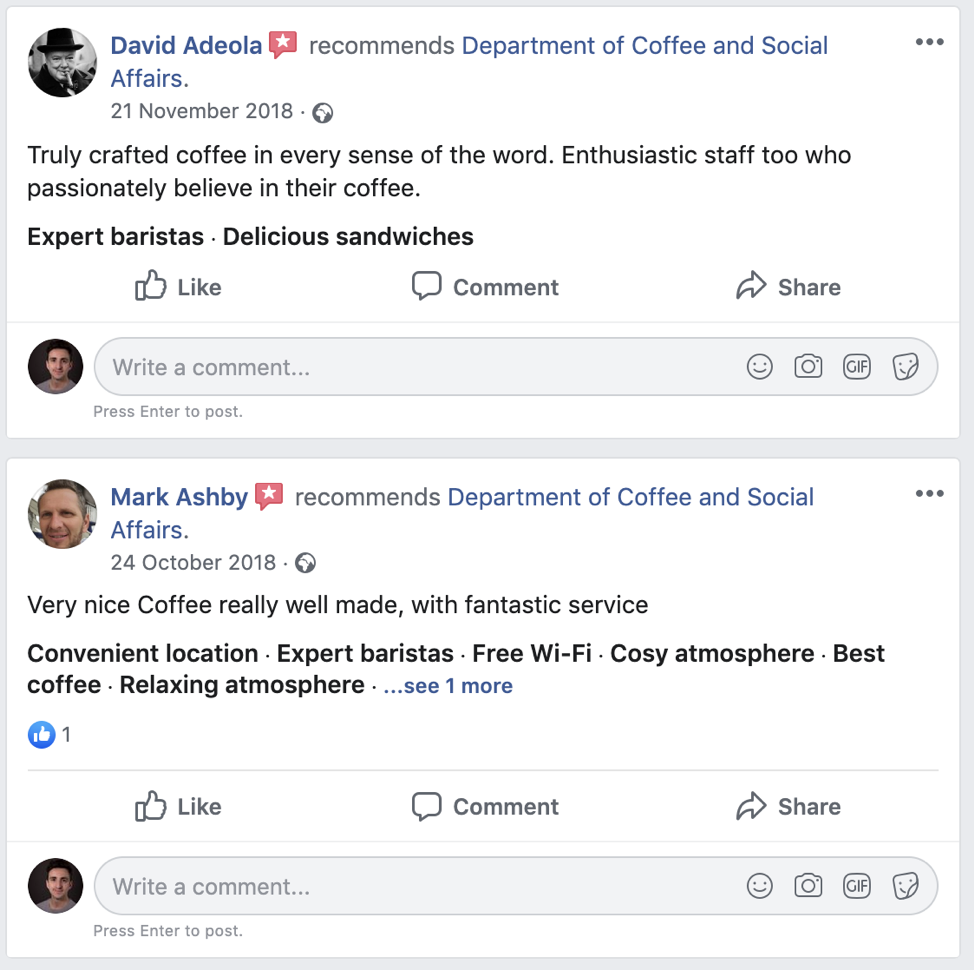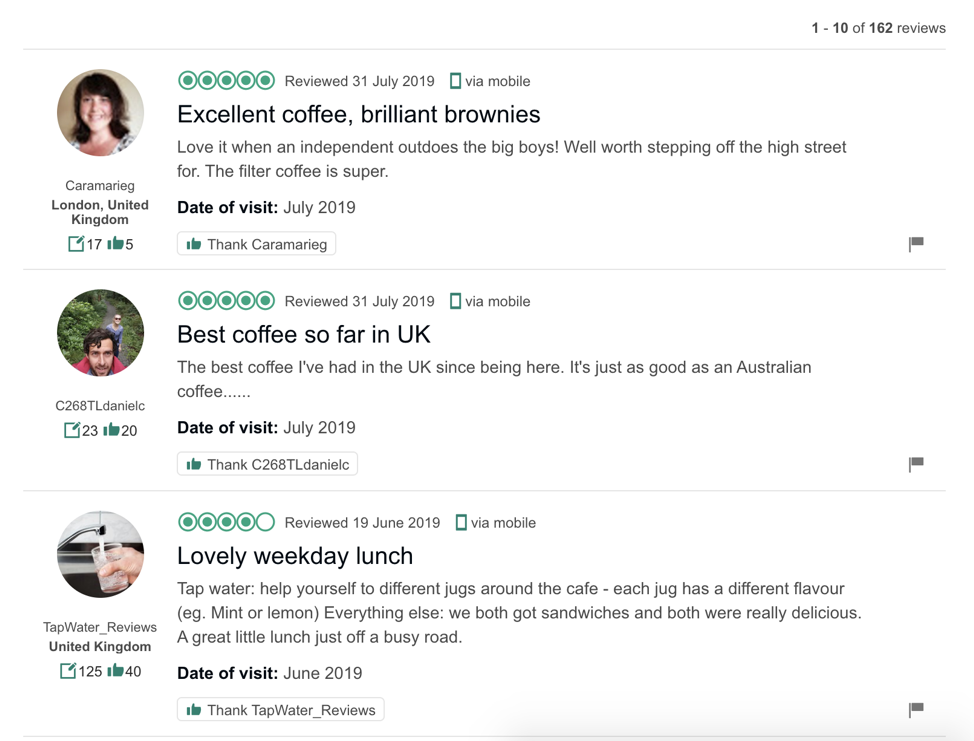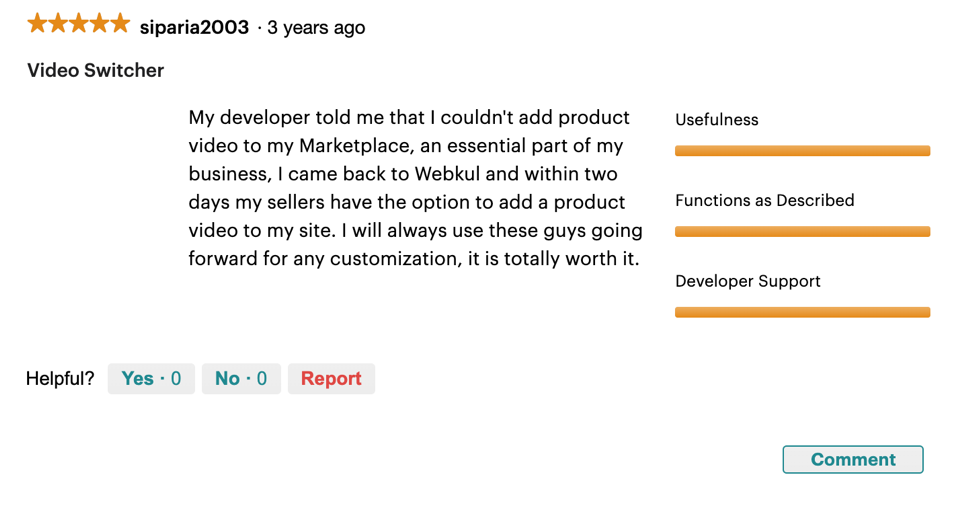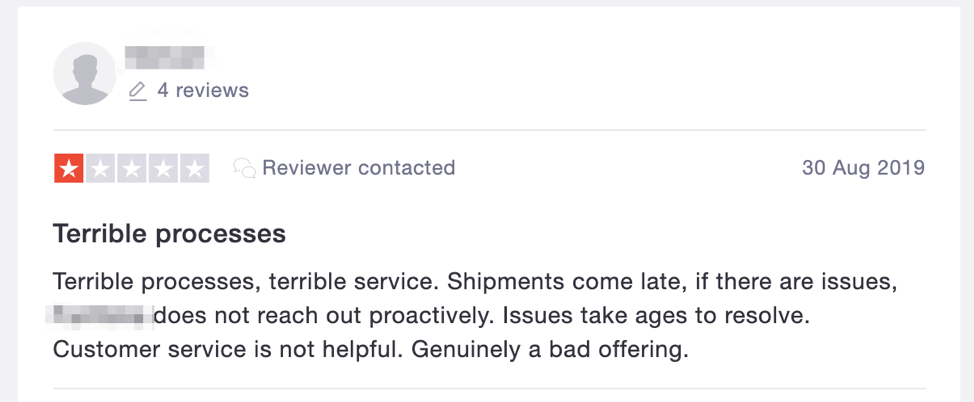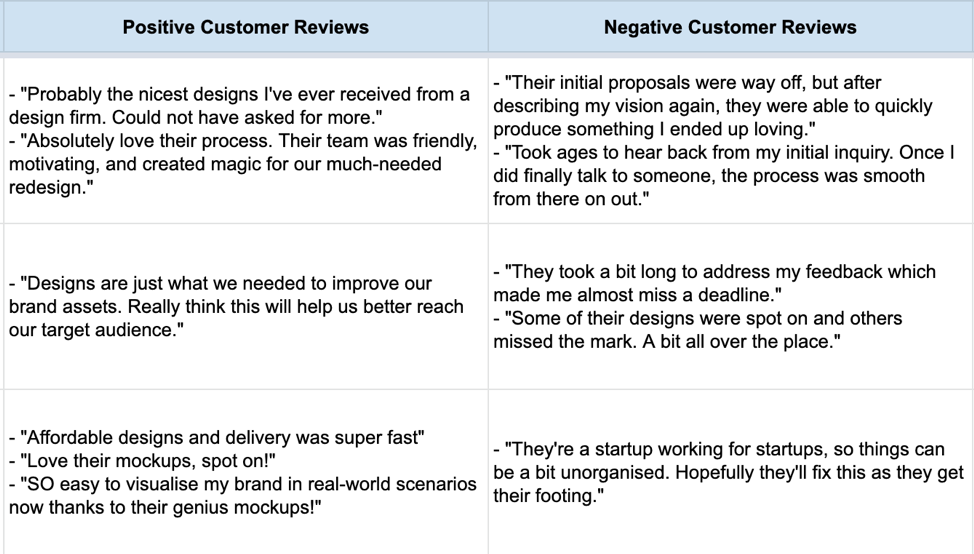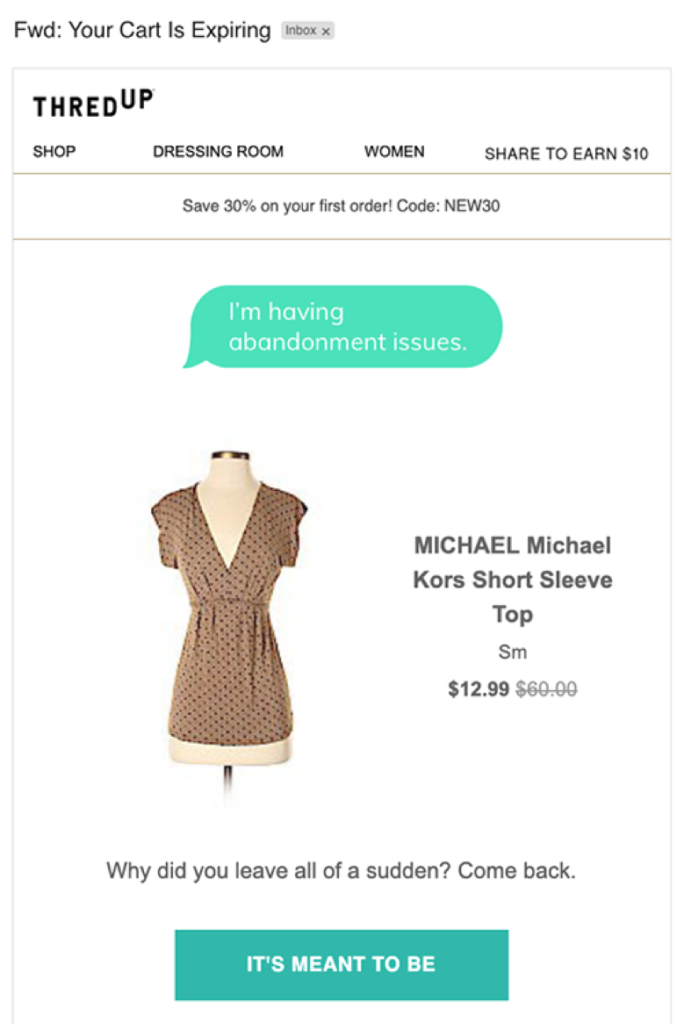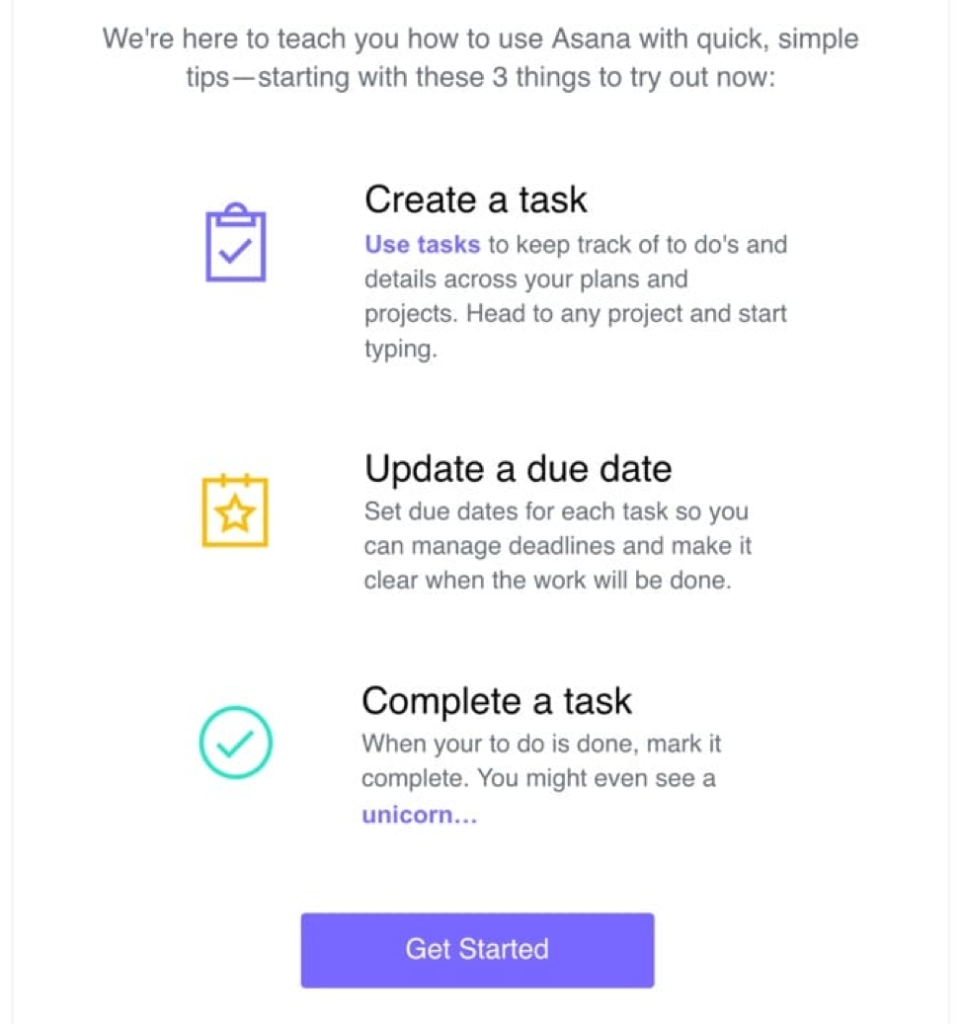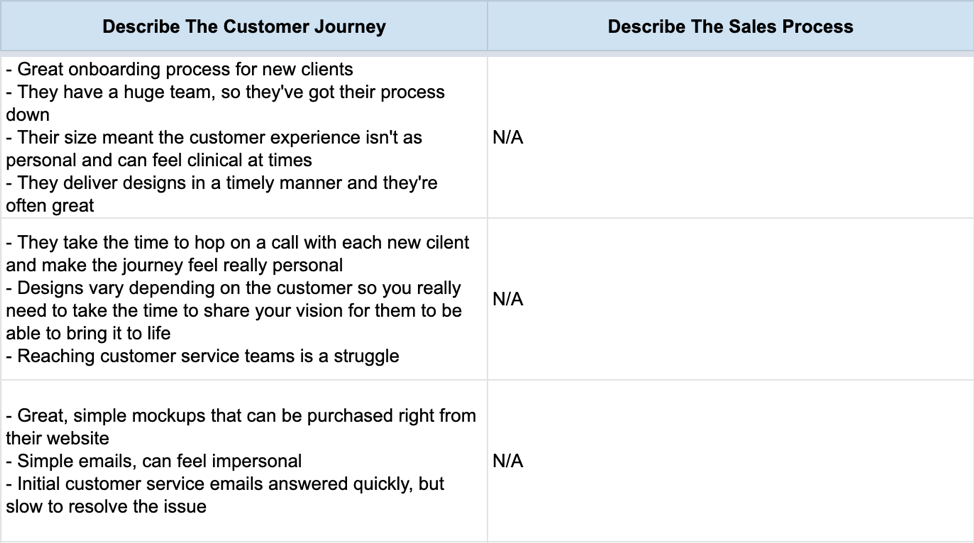Competitive analysis is the process of evaluating the competitive landscape within your target market. The end goal is to glean insights from this competitive research so that you can effectively carve out your own market share.
To do this, you’ll need to look at your competitors’ messaging and positioning, sales and marketing strategies, audience engagement tactics, price points, and overall customer experience to identify gaps in the market that you can fill.
For newcomers especially, it can be difficult to differentiate your brand against established players in the space. That’s why in this guide, we’re going to walk you through exactly how to run a competitive analysis so that you can achieve a competitive advantage and stand out from the crowd.
Note: While conducting your competitive intelligence gathering, it’s important to record as many insights and data points as possible. We’ve created a Competitor Analysis Matrix to make this process easier for you. You’ll notice that we’ve prepopulated fictional examples to help you shape your own analysis. As we’ll be referring back to this matrix throughout the guide, we recommend downloading and opening it up now.
Step 1: Identify & segment your competitors
When most entrepreneurs think of “competition”, they often assume this means “people selling the same thing to the same audience”. However, market competition is more dynamic than this.
Which is why it’s important to segment competitors into different categories. Let’s run through what each of these are:
Direct competitors. These are the brands selling similar product offerings or services as yours to the same market.
Indirect competitors. You unlikely to sell the same products or services, but you are competing for the same audience with similar resources. For example, a coffee shop vs. a juice bar.
Potential competition. A brand that doesn’t yet serve your market with a competing product, but has the resources, infrastructure or growth potential to do so in the future.
Competitors solving the same problem. These competitors might not sell the exact same thing as you, but they do solve the same problem in a different way. For example, a SaaS product that allows ecommerce brands to get set up vs. an agency that does it for them.
Competitors of attention. Marketing is getting harder, and we’re all vying for the attention of our target audience. Even if a completely irrelevant brand is advertising on the same platform as you, you’re still competing against them to get your customer’s attention.
Depending on the stage of your business strategy and growth, you may wish to analyse several or all of these. For startups and small businesses, we recommend focusing on direct competitors and those competing for your customer’s attention. You’ll be competing against these brands most often, especially as you execute on your digital marketing strategy.
It’s likely you already know who your biggest direct competitors are. If you’re still sussing out the competitive landscape though, here are a few ways to identify them:
Ask your current customers who they’ve purchased from in the past (and why)
Search on Google for keywords like “best [your product]”
Look to social media and search for relevant hashtags
For example, a project management software startup could search for relevant hashtags on Instagram to identify competitors who create content on the platform:
If you click into the #projectmanagementsoftware hashtag, you’ll see tons of posts from direct competitors (and the affiliates, influencers and promoters associated with them) ranging in popularity.
To find your content competitors, seek out their marketing efforts through the following methods:
Search for relevant keywords on Google (for example, “project management software companies”)
Again, search for relevant hashtags on social media to find indirect competitors creating content
Use a social insights tool like Mention or BuzzSumo
For example, when searching for “project management software tools” on Google, an entire list of the most popular tools are populated at the top of the page:
While you may not be selling the same product/service as the most high-ticket brands, you’ll still be competing against them when creating similar content for your customers.
Start by identifying your top 10 direct competitors (or as many as you can find) and plug their URLs into your Competitor Analysis Matrix. You can delete our fictional examples because we’ll be showing you screenshots of them throughout the guide as a comparison.
For example, here are the top three competitors we’ve uncovered for a fictional design firm that focuses on brand identity:
Try to include a mix of your competitor segments so that you are keeping an eye on all types of businesses in your field.
Step 2: Analyse their market positioning
The messaging on a brand’s website can tell you a lot about where they stand in the market. By analysing web copy, value propositions and unique selling points (USPs), you can quickly figure out who their core market is and what gap they fill in the space.
Start by heading to their website and browsing their homepage. Most homepages are built to focus on the main value proposition, and is therefore a great place to start.
For example, this is the homepage from Harry’s:
Above the fold
Below the fold
From the headline alone, we can take away the following insights:
They clearly position themselves as a high-quality grooming product available at an affordable price (i.e. “without any gimmicky extras” and “Honestly Priced”).
They differentiate themselves by highlighting their product quality standards as well as their giving back initiatives (i.e. “we donate 1% of our sales to non-profits that provide mental health care services to men in need”).
Their product design, web design and logo typography point toward a sophisticated and modern brand.
When evaluating the positioning of your competitors, look for the following:
Their headline. This is usually where companies condense their value proposition into a single sentence. It’s the distillation of their positioning in the market and explains how they solve their customer’s problems.
Benefit statements. Look for features and benefits they offer. Here’s an example from Xero:
As you can see, they focus on the specific pain points of their ideal customer, tying those to different features around their product (i.e. an easier way to pay your employees via HMRC-recognised software).
Product descriptions. If they sell a range of products, check out the descriptions to see how they position each individually. Here’s an example from coffee brand Four Sigmatic:
As you can see, they don’t just sell ordinary coffee. Their mushroom-infused blends are designed to help with productivity and creativity (i.e. “for brain and body”) to give you a great feeling without any negative side effects. This is what makes this specific product different.
As you collect these insights, add them to your matrix. Here’s an example from our fictional brand design agencies:
Step 3: Review their content & social media
With a better understanding of your competitive landscape, it’s time to look at how they serve and engage their audience in other ways.
Start with their owned content and work your way from there. Owned content includes blog posts, ebooks, whitepapers, email newsletters, videos, webinars and anything else that you can find on their website.
For example, SaaS brand Drift creates blog content around the topic of B2B growth and “conversational marketing”, a term they coined themselves:
The format of these articles are all how-to, teaching their audience of B2B marketers how to solve problems in actionable and practical ways. They also host regular webinars, and the founders have even authored a series of books:
In general, take a look at what your competitors publish. While doing so, look closely at the following:
Formats. Identify the content formats they publish. As mentioned above, this might include blog posts, how-to guides, ebooks, webinars, email courses, newsletters, testimonials, case studies, podcasts and videos.
Themes. Which topics do they tend to focus on? For example, a B2B marketing brand like Drift might focus on content marketing and lead generation. A brand like our fictional design agency could create content around the best practices for rebranding a website, for example.
Conversions. How do they acquire leads and customers from their content? For example, offering to download an ebook after they’ve read a blog post.
After you’ve checked out their owned content, take a peek at their social presence. You’ll usually find direct links to their social profiles in the header or footer of their website.
There are two key factors to look out for when analysing your competitor’s social media presence:
The content they create
How they engage with their customers
For example, here’s the Instagram page from London-based coffee shop Department of Coffee and Social Affairs:
They post high-quality photography around coffee, their coffee shops, products and London as a destination. Looking deeper into one of these posts, we can check out the copy they use:
With over 2,000 likes, this post has generated a lot of attention – all with a simple caption and a series of hashtags. Looking at the comments, we can then see how they engage with their audience of followers:
These are the things you should look out for when analysing your competitor’s social media presence. Do this across all of their social profiles. As a general rule of thumb, identify which of their content gets the most engagement on each platform. Here are some more specific things to keep an eye on for regarding social media presence:
Facebook. Do they create video content or focus on text? How do they respond to comments?
Instagram. Do they post photography of products, people, or environments? Perhaps they post motivational quotes? What kind of content do they post to their Stories? Do they utilise Reels and IGTV?
Twitter. Do they use Twitter to share content, or do they create native content in the form of threads? How do they engage with other thought leaders and customers across the platform?
LinkedIn. Does their company have a presence? Do the founders and marketers create content to build their personal brands? Do they create articles, posts or video content?
Top Tip: Navigating the social media landscape can feel like a labyrinth if you’re not used to it. But because it has such a huge impact on customer engagement and retention, it’s key that you learn how to use these platforms and channels to your advantage. To see how to do just that, read our 7-step guide to creating a social media marketing strategy for your small business 📱

